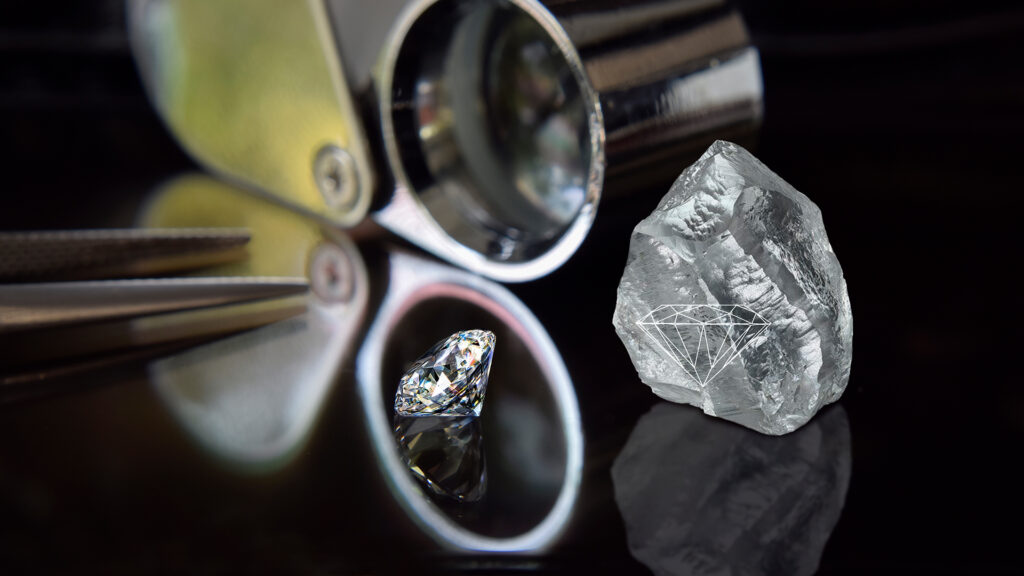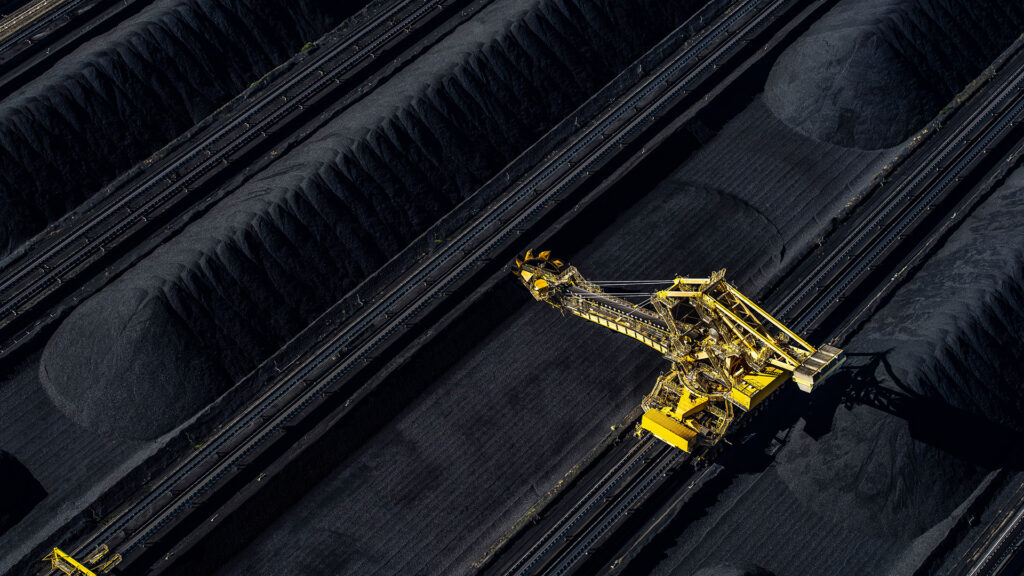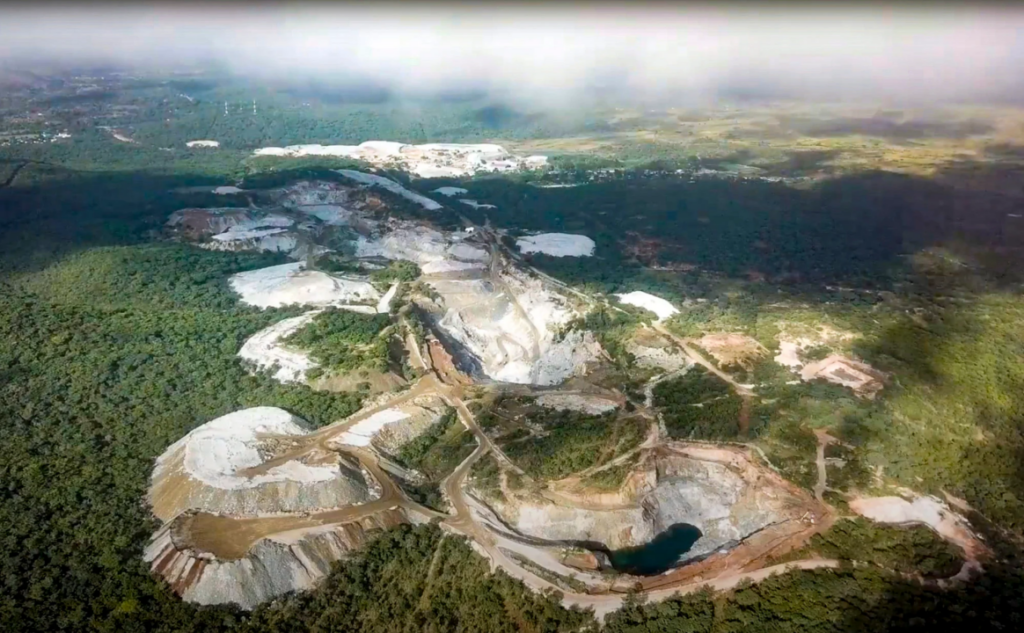|
Getting your Trinity Audio player ready...
|
Diamonds have long captivated the human imagination with their unmatched brilliance and timeless allure.
As symbols of luxury and power, they play a crucial role in both the global economy and cultural traditions. The journey of these precious gems begins deep within the Earth’s crust, where they are formed under immense pressure and heat. From there, they are unearthed and brought to market by some of the world’s leading diamond-producing countries.
This blog delves into the fascinating world of diamond production, exploring the nations that dominate this industry and their significant contributions to global diamond production.
Overview of Diamond Production

Diamond production is a cornerstone of the global economy, with the top diamond-producing countries shaping not only the luxury goods market but also contributing significantly to national economic development.
These countries are key players in the world’s diamond production, leveraging their rich natural resources to generate substantial revenue, create employment opportunities, and attract foreign investment.
The diamond industry is a multibillion-dollar sector that supports economies worldwide. Beyond its economic importance, diamonds hold cultural and historical significance, symbolizing wealth, commitment, and prestige across societies.
However, this industry is not without its challenges. Concerns about environmental degradation, ethical sourcing, and geopolitical stability have prompted calls for more sustainable and transparent practices.
Environmental concerns include the impact of open-pit mining, which can disrupt ecosystems and water supplies. Ethical dilemmas, such as those surrounding conflict diamonds, have led to initiatives like the Kimberley Process Certification Scheme, designed to ensure ethically sourced diamonds.
Geopolitical tensions, especially in resource-rich regions, further complicate the landscape, often influencing global diamond supply chains.
Amid these challenges, the industry continues to evolve, focusing on innovation and accountability. The rise of lab-grown diamonds and advances in mining technology represent steps toward a more sustainable future.
These developments reflect the diamond sector’s ongoing transformation to balance economic benefits with environmental stewardship and ethical responsibility.
Largest Diamond Producing Country
Russia is the Largest Producer of Diamond
Russia produces the highest diamonds in the world, standing as the undisputed leader in diamond production and contributing over 25% of the world’s total output.
This dominance stems from its vast diamond reserves, particularly in the Sakha Republic (Yakutia), where large-scale mines like the Mir and Udachnaya pipes are located. These mines are known for their substantial yields and high-quality diamonds.
The backbone of Russia’s diamond industry is ALROSA, a state-owned enterprise that handles nearly all diamond mining and trading activities in the country.
ALROSA’s operations are known for their efficiency and innovation, making Russia a global powerhouse in the diamond market. Additionally, Russia’s stringent diamond policies and advanced cutting and polishing facilities have solidified its leading position in the industry.
Top Diamond Producing Countries
Botswana
Botswana is a leading producer and the second-largest producer, with annual output exceeding 20 million carats. The country’s diamond wealth is centered around the Jwaneng and Orapa mines, some of the richest diamond mines globally.
Managed by Debswana, a joint venture between the government and De Beers, Botswana’s diamond industry has significantly contributed to the nation’s economic growth, funding healthcare, education, and infrastructure projects.
Known for producing some of the finest-quality diamonds, Botswana has also positioned itself as a leader in ethical mining practices.
Canada
Ranked third, Canada produces over 16 million carats of rough diamonds annually, making it a rising star in the diamond world. Unlike many traditional producers, Canada’s diamond mining began relatively recently, in 1998, following the discovery of deposits in the early 1990s.
Mines such as Diavik and Ekati in the Northwest Territories are known for their environmentally conscious practices and high-grade diamonds. Canada has earned a reputation for ethical production, with stringent regulations ensuring transparency and sustainability.
Democratic Republic of Congo (DRC)
The DRC ranks fourth, producing nearly 10 million carats of diamonds annually. The types of diamonds found in the DRC include both industrial-grade and gem-quality stones, with artisanal miners dominating the industry.
While the DRC has vast diamond reserves, challenges such as lack of formalization, infrastructure, and regulation have limited its full potential. The country’s diamonds are primarily industrial-grade, making it a vital supplier for non-jewelry applications.
Australia
Australia, the fifth-largest producer, has been a significant player since the discovery of the Argyle Mine in the early 1980s. Known for its production of rare pink and red diamonds, Australia’s diamond industry has contributed a diverse range of unique gems to the global market.
Although the Argyle Mine ceased operations in 2020, Australia continues to produce diamonds from other mines, maintaining its position among the top producers.
Diamond Mining
Diamond mining is a vital industry within the global gemstone sector. Countries like Russia, Botswana, and Canada have made substantial investments in mining infrastructure, exploration, and sustainable extraction techniques.
Russia is home to the largest diamond mine in the world—the Jubilee mine in the Sakha Republic. This vast open-pit mine, along with others in the region, contributes a significant portion of global supply.
Botswana’s Jwaneng Mine, often referred to as the richest diamond mine by value, plays a crucial role in the nation’s economy. Canada, with its Diavik and Ekati mines, has become a model for environmentally and ethically responsible diamond mining.
Meanwhile, South Africa, the birthplace of the modern diamond industry following the 1867 discovery near Kimberley, remains an important player. The country has a rich history of diamond mining and continues to produce high-quality gems despite increased competition.
Environmental Impact of Diamond Mining
Diamond mining, while economically significant, poses substantial environmental challenges.
The extraction process often leads to deforestation, soil erosion, and water pollution, disrupting local ecosystems and wildlife. Heavy machinery and chemicals used in mining operations can further exacerbate these issues, leading to long-term environmental degradation.
In response to these concerns, many diamond-producing countries are adopting more sustainable mining practices. Botswana, for instance, has established numerous national parks and game reserves to protect its natural resources and wildlife. Similarly, Canada enforces stringent environmental regulations to ensure that diamond mining activities do not harm the surrounding environment.
Leading diamond mining companies are also stepping up their sustainability efforts. De Beers, one of the largest players in the industry, has implemented several initiatives aimed at reducing its environmental footprint.
These include the use of renewable energy sources and comprehensive land rehabilitation programs to restore mined areas to their natural state. Such efforts reflect a broader industry trend towards more responsible and environmentally-friendly diamond mining practices.

Technological Advancements in Diamond Mining
Technological advancements have significantly transformed the diamond mining industry, enhancing both efficiency and safety.
One of the most notable innovations is the use of automated sorting machines. These machines employ advanced algorithms and sensors to sort diamonds by size, shape, and quality, streamlining the sorting process and reducing the need for manual labor.
Another groundbreaking technology is 3D modeling and simulation. This allows mining companies to create detailed models of diamond deposits and simulate the mining process.
By doing so, they can optimize extraction methods, minimize risks, and improve overall safety. Additionally, the use of drones and satellite imaging has revolutionized diamond exploration, providing precise data that helps identify potential mining sites more accurately.
These technological advancements not only improve the efficiency of diamond mining but also contribute to more sustainable practices by reducing waste and minimizing environmental impact.
Historical Context of Diamond Production
The history of diamond production is rich and storied, dating back thousands of years to ancient civilizations like India and Egypt.
However, the modern diamond mining industry truly began in the late 19th century with the discovery of diamonds in South Africa. This discovery sparked a diamond rush, attracting thousands of prospectors and leading to the establishment of major mining companies such as De Beers.
The early 20th century saw the expansion of diamond mining to other parts of the world, including Russia and Canada. Russia’s vast diamond reserves, particularly in the Sakha Republic, and Canada’s environmentally conscious mining practices have since made them key players in the global diamond industry.
Today, diamond mining is a global enterprise, with over 20 countries contributing to the world’s diamond production. Each of these countries brings unique resources and practices to the industry, shaping the global diamond market in diverse ways.
Diamond Production by Region
Africa is the world’s most significant region for rough diamond production, accounting for approximately 51% of the global output by weight and an impressive 66% by value. This dominance is supported by prolific mining activities in Botswana, the Democratic Republic of Congo, Angola, South Africa, and Namibia.
While diamond mining in Africa is relatively young compared to other mineral extractions, it has had a transformative impact. Between 1889 and 1959, Africa produced nearly 98% of the world’s diamonds, making it central to the industry’s historical growth.
Today, African countries are leading conversations around sustainable mining, beneficiation, and value addition, with local governments seeking to retain more value from their natural resources.
Diamond Industry Challenges and Opportunities
The diamond industry faces a host of modern challenges that threaten its long-term sustainability and reputation. Environmental degradation from open-pit mining, displacement of local communities, and water pollution are among the major ecological concerns.
Ethical issues, especially concerning conflict or “blood” diamonds, have prompted the establishment of global certification initiatives like the Kimberley Process. However, gaps still exist in enforcement and traceability.

Geopolitical instability in certain diamond-rich regions can disrupt production and global supply chains. On the positive side, the industry is shifting toward greater accountability, with companies investing in responsible sourcing, environmental protection, and community engagement.
Moreover, the rise of lab-grown diamonds presents both a challenge and an opportunity. While they compete with natural diamonds on price and sustainability claims, they also push traditional miners to innovate and improve transparency.
Sustainability Practices in Diamond Mining
As the diamond industry evolves, sustainability practices are becoming increasingly crucial. Consumers and investors alike are demanding more responsible and environmentally-friendly mining operations.
One key area of focus is the transition to renewable energy sources. Many diamond mining companies are now utilizing solar and wind power to reduce their carbon footprint and minimize environmental impact.
Land rehabilitation is another critical sustainability practice. Companies are implementing programs to restore mined land to its natural state, which helps mitigate the environmental damage caused by mining activities. This not only benefits the environment but also supports the livelihoods of local communities by restoring ecosystems and promoting biodiversity.
Social sustainability initiatives are also gaining traction. Diamond mining companies are investing in education and training programs for local communities, fostering economic development and improving quality of life. These efforts reflect a broader commitment to social responsibility and ethical practices within the diamond industry.
Overall, the shift towards sustainability in diamond mining is a positive development, ensuring that the industry can continue to thrive while minimizing its impact on the planet and supporting the well-being of local communities.
Diamond Quality and Pricing
Botswana is often cited as the benchmark for diamond quality, with its mines producing gems that boast exceptional clarity, color, and size. This high standard of output has elevated the country’s reputation in the global diamond market.
Diamond quality is typically evaluated based on the 4Cs: cut, color, clarity, and carat weight. These factors directly influence pricing, with well-cut diamonds of high clarity and rare color fetching the highest prices.
Beyond Botswana, countries like Canada and Russia also produce premium-quality diamonds. Pricing is further influenced by global supply and demand dynamics, political developments, and consumer trends.
Diamond Production Statistics
Russia: 41,923,910 carats
Botswana: 24,752,967 carats
Canada: 16,249,218 carats
Democratic Republic of Congo: 9,908,998 carats
These figures highlight the significant contributions of these nations to the global diamond supply chain. Despite fluctuating markets, these countries continue to anchor the global diamond trade.
In Summary: Top Diamond Producing Countries
The world’s top diamond-producing countries represent a diverse mix of geological resources, economic models, and social structures. From Russia’s icy Siberian mines to Botswana’s desert treasures, each nation plays a unique role in fueling the global demand for one of the most coveted natural resources.
Diamonds have not only enriched economies but also shaped the lives and histories of millions. Notably, South Africa’s Cullinan diamond, the largest gem-quality diamond ever found at 3106.75 carats, underscores the country’s significance in the global diamond market.
As the industry confronts new challenges and embraces innovation, its importance to the global economy remains undiminished. The future of diamonds lies in responsible sourcing, advanced technology, and a continued commitment to ethical practices.
Frequently Asked Questions about Diamond Production
Which country produces the most diamonds?
Russia is the largest diamond-producing country, contributing over 25% of the world’s total diamond output.
What are the top 5 diamond exporting countries?
The top 5 diamond exporting countries are Russia, Botswana, Canada, Democratic Republic of Congo, and Australia.
Which country has the best quality diamonds?
Botswana is renowned for producing some of the best quality diamonds, known for their exceptional clarity and color.
Where are the 5 largest diamond mines located?
The largest diamond mines are located in Russia (Mir and Udachnaya), Botswana (Jwaneng and Orapa), and Canada (Diavik).
What is the Kimberley Process?
The Kimberley Process is a certification scheme designed to prevent the trade of conflict diamonds, ensuring that diamonds are ethically sourced.
How has the diamond industry evolved over the years?
The diamond industry has evolved with advancements in mining technology, the rise of lab-grown diamonds, and a shift towards sustainable and ethical practices.
What are the environmental impacts of diamond mining?
Diamond mining can lead to environmental degradation, including ecosystem disruption and water pollution, particularly from open-pit mining.
How do lab-grown diamonds compare to natural diamonds?
Lab-grown diamonds are chemically identical to natural diamonds and are often marketed as a more sustainable and affordable alternative.
What role does South Africa play in the diamond industry?
South Africa has a rich history in diamond mining and continues to be an important producer of high-quality diamonds.
How does diamond production impact local economies?
Diamond production can significantly boost local economies by creating jobs, generating revenue, and attracting foreign investment.








